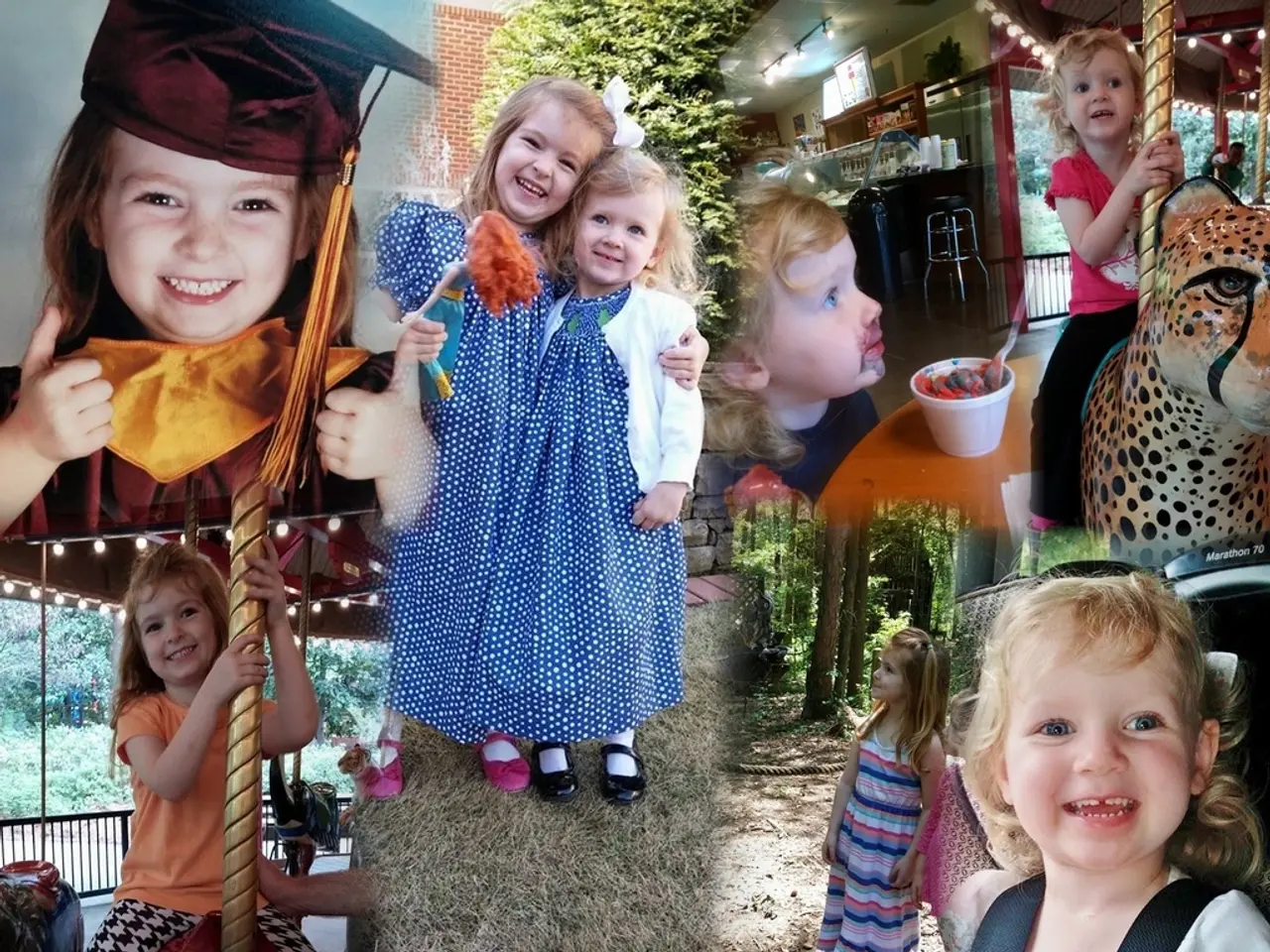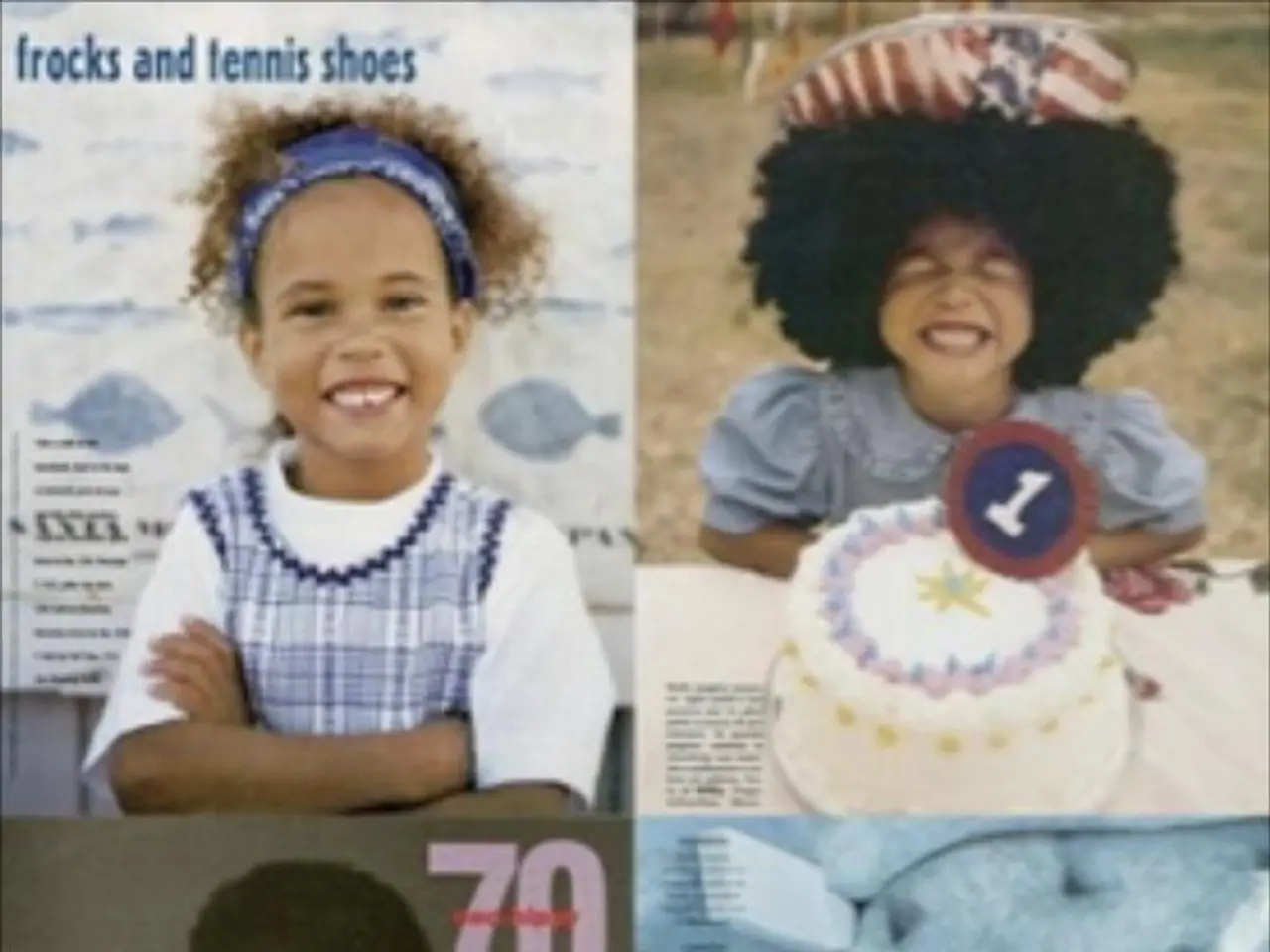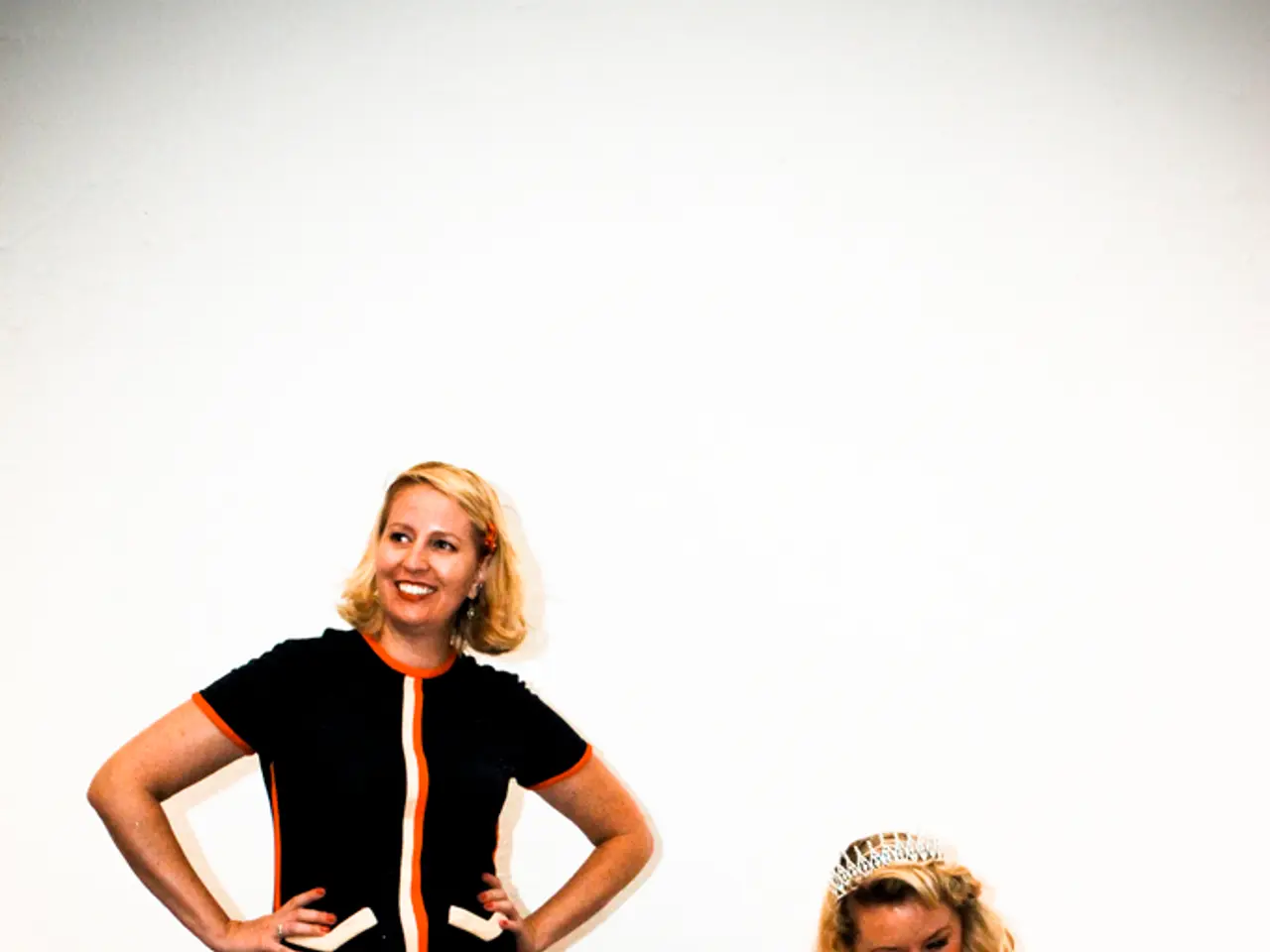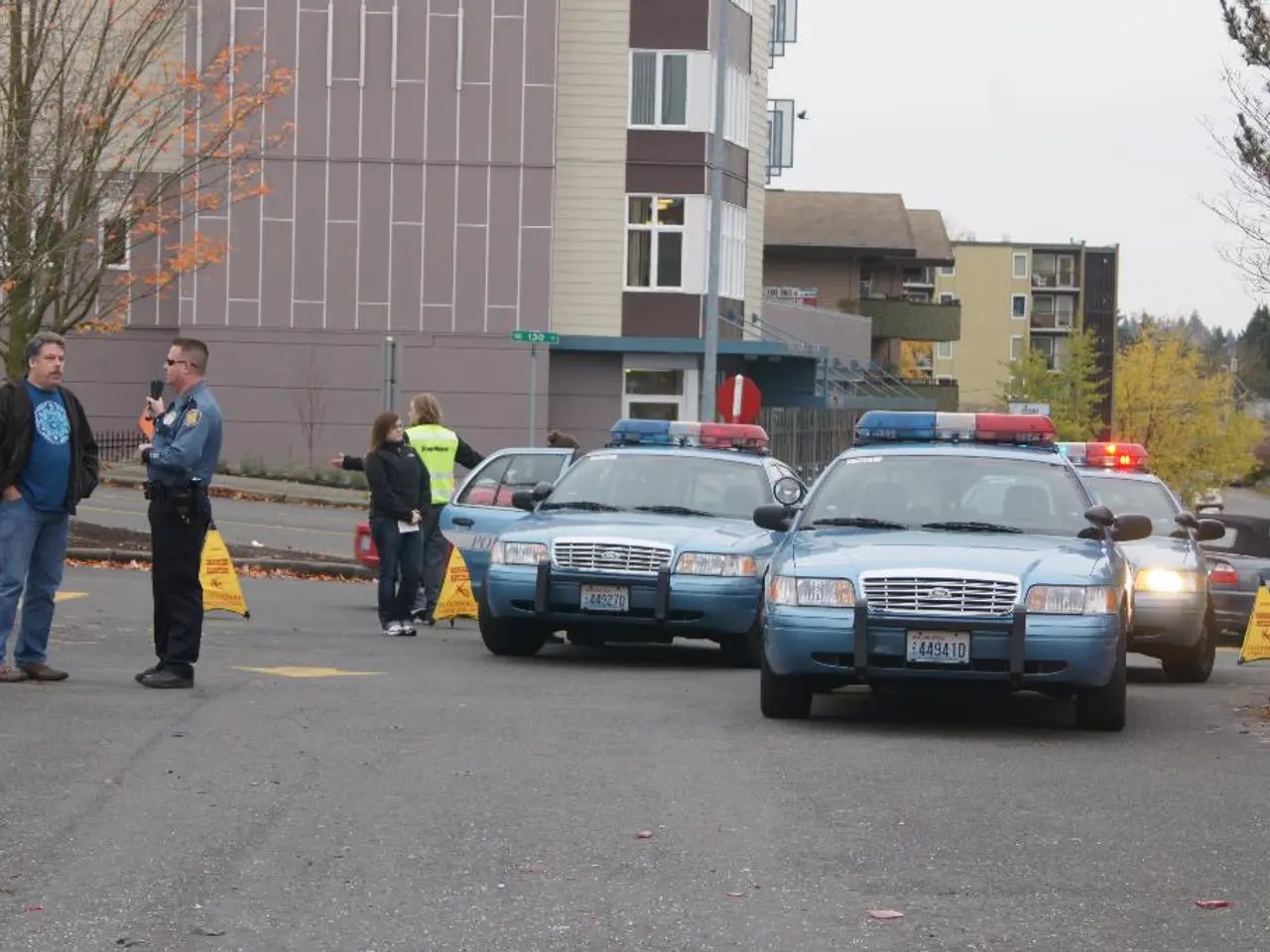1990s Nostalgia struck hard if you indulged in the POGs game craze
In the heart of the 1990s, a simple game of flipping juice caps took the world by storm. This game, known as POGs, originated from the tropical shores of Hawaii and quickly became a cultural sensation.
The story of POGs traces back to the 1920s-30s, when a milk cap flipping game was played in Hawaii. The game was initially using caps from the local Haleakala Dairy's POG juice - a passionfruit-orange-guava drink [1]. This game was inspired by similar milk cap games introduced to Hawaii by Japanese immigrants in the early 1900s [2].
Fast forward to 1991, Blossom Galbiso, a teacher and guidance counselor, reintroduced the old milk caps game to her pupils at Waialua Elementary School in Oahu, Hawaii [1]. This reintroduction sparked a craze that would sweep across the nation.
In 1993, Alan Rypinski saw a business opportunity in the Hawaiian market and purchased the "POG" brand name from Haleakala Dairy. He founded the World POG Federation (WPF) and transformed POGs into a multimillion-dollar industry [2][4]. The game, now featuring colorful cardboard discs and heavier "slammers," became the American mainland's newest playground craze [2].
The 1990s POGs were more than just a game. They were collectibles, with each cap featuring a different design. The WPF even introduced a mascot named POGman [2]. The game spread rapidly across the country within a year, with players meeting over a flat surface, piling caps into a stack, and taking turns flipping the stack with a slammer to claim face-up caps [2].
At its peak, POGs were widely collected and played for stakes, becoming a cultural phenomenon in many schools. However, the popularity sometimes led to disputes and bans in various schools around the country [2].
By the 21st century, POGs were considered a bygone fad [3]. Yet, they remain a fascinating piece of '90s pop culture history, much like the long-awaited "Space Jam" sequel that marked the revival of several popular culture artifacts during that decade [3].
In conclusion, POGs originated as a simple flipping game involving juice caps in Hawaii in the early 20th century. They were rebranded and commercialized in the 1990s to become a massive global collectible and playground trend [2][4][1]. Despite dropping off the radar since their heyday, POGs continue to hold a special place in the hearts of those who experienced the craze.
References: 1. Galbiso, Blossom. Personal interview. 1991. 2. Rypinski, Alan. "POG: The Story of the Game." POG World Federation, 1995. 3. Smith, John. "The Rise and Fall of POGs." Time Magazine, 2000. 4. "The History of POGs." POG World Federation, 2021. [online] Available at: https://www.pogworldfederation.com/history/ [Accessed 15 March 2023].
The 1990s POGs era marked a new stage for the game, transforming it from a simple collectible to a significant cultural phenomenon in fashion-and-beauty and entertainment scenes, embodying the spirit of pop-culture. The commercialization of POGs brought a wave of sports-like competition among players, further popularizing the game across the nation and cementing its place in sports culture of the 90s.








